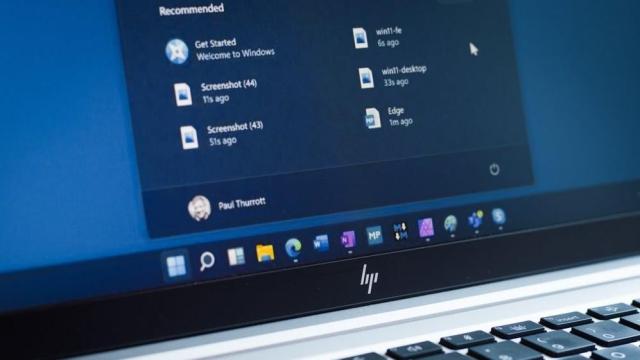Windows 11 was officially unveiled this week, and many eager users are checking to see if their PCs can run the upcoming OS with Microsoft’s Windows Health Check app. However, some are surprised to learn that their PCs aren’t “Windows 11 ready,” despite having new, high-end hardware.
What’s a TPM?
The main source of confusion is the TPM (Trusted Platform Module) chip, which was an uncommon hardware requirement until now. TPMs are a security component that monitors your PC for issues and can protect against potential malware and ransomware attacks. They can also securely store encryption keys, passwords, and other sensitive information locally.
TPMs have been a “soft” requirement for Windows 10 for years, but Microsoft is making them a “hard” requirement for Windows 11 to increase the baseline data security for Windows 11 PCs. Users need a version 2.0 TPM or higher to run Windows 11, along with a DirectX 12-compatible GPU; a supported Intel, AMD, or Qualcomm CPU; 4 GB RAM; and at least 65GBs of storage.
Not everyone needs to upgrade
Microsoft wants Windows 11 to be more resilient against malware, ransomware, and other cybersecurity threats than previous versions of Windows. The company is relying on technology like 2.0 TPMs and UEFI Secure Boot to reach that goal, but TPMs are probably not a component that users consider when buying or building a new PC. This would explain why some PCs are “not Windows 11 ready” even if the rest of the hardware meets the Windows 11 requirements.
However, it’s possible many users already have a TPM without realising it. Many (but not all) CPUs released in the past few years have a built-in TPM module that needs to be enabled in your computer’s BIOS settings. Windows turns these off by default, and if it isn’t active, it may not show up when Windows Health Check scans your hardware. Accessing and enabling your TPM — and even the name of the setting you need to activate — differs greatly between manufacturers. Consult your CPU or motherboard manufacturer for the proper steps.
What to do if you don’t have a TPM chip
If you don’t have a TPM, the next option is to buy one online and install it yourself. Unfortunately, this will be difficult for the average user.
The first task is to find a compatible TPM. Some CPUs can’t support TPMs, so make sure to research before you buy one…or should I say, if you can buy one — Scalpers are hoarding TPM chips and selling them at prices that are much higher than the MSRP. What is normally a $US14 ($18)-$US30 ($38) dollar component now costs upwards of $US100 ($128). It’s not as bad as the current GPU and CPU market, but that’s not saying much.
If you find a compatible 2.0 TPM at a fair price, you then have to open your PC and access the motherboard to install it manually. This will be a challenge for some PCs (especially laptops) and impossible on certain tablets and hybrid devices like the Microsoft Surface. Again, do your research before you buy.
If you can’t buy and install a TPM for your current PC, then you’ll need to buy or build a new computer if you want to upgrade to Windows 11. Thankfully, Microsoft intends to support Windows 10 until October 14, 2025, so there’s no pressure to upgrade immediately. Hopefully, the TPM market — and the tech hardware market in general — will stabilise long before then and upgrading won’t be such a hassle.

Leave a Reply
You must be logged in to post a comment.